There is no shortage of choices when it comes to city builders on the PlayStation 5 (and PlayStation 4). There is the recently released Anno 1800 and Transport Fever 2, but then there are also older titles like Cities: Skylines, Tropico 6, and some of the more out-there efforts like Aven Colony and Surviving the Aftermath. One of the things that makes this genre so wonderful is that each of these kinds of games represents a different ideal for and approach to urban planning, so I thought I’d take a look at the underlying message of some of the major city builders. With such very different philosophies and priorities, it will be interesting to see which of these are ultimately remembers as classics, and the ideal example of utopian city building.
Anno 1800 – The 15-minute city concept
As I mentioned in my review of Anno 1800, the really wonderful quality about this game is that it highlights the strength of the 15-minute city concept, without having to wade through the hysterics of a deeply disturbed corner of the “freedom” Internet to enjoy it. As the city builds up, the people demand access to a greater range of goods and services, and the building that provides that thing (be it a school, zoo, theatre, or marketplace) needs to be within a certain radius of the residency. At its core, Anno goes to show you that with the right urban planning strategy, a happy, close-knit city is possible.
Something I didn’t mention in my review, however, is just how impressive the game is at modelling the process of gentrification as well. For the most part, the first area that you build those first few farmer’s dwellings will eventually become a thriving CBD of craftspeople and artisans. To do so means demolishing the old farmer’s residents, but the CBD land is too lucrative, too well serviced, and you want it as densely populated as possible. Meanwhile, the farmers and labourers will slowly be pushed further and further out, to keep close to where the work is (after all, you’re not going to have a potato farm or woodcutter in the middle of your city, so you’ll relocate those jobs to the periphery as well). The flow of demographics over time in this game therefore nearly perfectly mirrors real-world city demographic dynamics.
Cities: Skylines – The American city, roads and noise and all
Cities: Skylines is the heir apparent to EA’s effectively abandoned Sim City series, and it very carefully recreates and then iterates on what people loved about Sim City. This means a focus on zoning, and keeping the three types of zones – Residential, Commercial and Industrial – in their nice pockets across the map. Then, because people in residential properties need to get to shops and factories for work, you need to connect everything up with roads. Sometimes very, very long roads for a very long commute.
Soon enough, you’re dealing with traffic jams, and while you can put all kinds of rail and other public transport works in, the reality is that most of your sim civilians will rely on their little virtual cars to get around. There’s an excellent video on Some More News that explains these dynamics beautifully. As a gameplay mechanic, Cities: Skylines is built beautifully and compellingly. As a vision for urban planning, however, it acts more as a subtle warning than anything else.
Tropico 6 – When politics enters urban planning
It’s easy to dismiss Tropico 6 as a joke. It is, of course, a satirical take on a Cuban-like regime, and so it openly invites the laughs. However, underneath that beats the heart of a very real and surprisingly authentic city builder. One that has some very real insights to share that relate to all urban planning. Not just that of tropical dictatorships.
Specifically, the game’s way of handling politics and elections is fascinating. Though you can play as a dictator and rig the results at some cost and prestige (of course), Tropico also allows you to run fair and open elections, and it’s almost surprising the number of works and projects that you’ll promise in order to “earn” enough of a positive rating to see off your competitors. And, from there it’s amazing to consider how often the costs and planning involved in delivering those projects will prevent you from targetting important objectives to the benefit of the overall city. In this way, Tropico is not only a satire, but also a really solid and sober reminder that governance is usually driven by chasing votes, rather than doing what is right for a community.
Transport Fever 2 – A focus on city health
I honestly think that Transport Fever 2 (and other games like it, such as A-Train) might just be the most effective city builders at all… and that’s because rather than give you direct control over the growth of the city, they instead allow you to control the dynamics through which a city grows. In other words, the cities in Transport Fever will grow according to your placement of transport networks within them. Where the transport is better, more reliable, and has better options for those that live there, that area will grow more quickly and with greater collective wealth than an area where a bus might pull through once a day or so.
Naturally, real-world urban planners exercise a lot of control over the specifics of how a city grows, through zoning and applications and so on, but regardless of what they to, a city only grows truly healthily when consideration is put into how people will move around it. In that way, Transport Fever 2 is the go-to when you want a game that promotes a healthy, sustainable and progressive way to grow a city.
Project Highrise – The modern micro city
On the surface, Project Highrise doesn’t seem like a city builder, as such. You are, after all, building a single massive skyscraper. But then you realise that within that skyscraper, you’re going to offer everything that most people need to survive. You’ll be building shelters (apartments), workplaces (office blocks), food (restaurants), shopping, and even entertainment venues.
We’re starting to see this kind of building emerge in the more progressive big cities. It’s localised to the highest-density CBDs for now, but buildings where the residents never really need to leave, and have all their needs met from within one place, are starting to replace the old approach of ground-to-top apartments or office spaces. A “micro-city” within the larger city, as such, and so Project Highrise represents a fairly cutting-edge and modern way of looking at populations and urban planning.
Other city builders take on a much more fantastic approach. That’s not to say they’re bad (Aven Colony is actually one of my favourite city builders of all time, because I love the way that it depicts the unique challenges of populating a new and potentially hostile planet… while the colonists continue to demand their earthly lifestyles and luxuries), but they’re a little beyond the scope of what I’ve described above. Another topic for another day!
For now, though, which of these approaches to city builders is your favourite? Sound out in the comments!

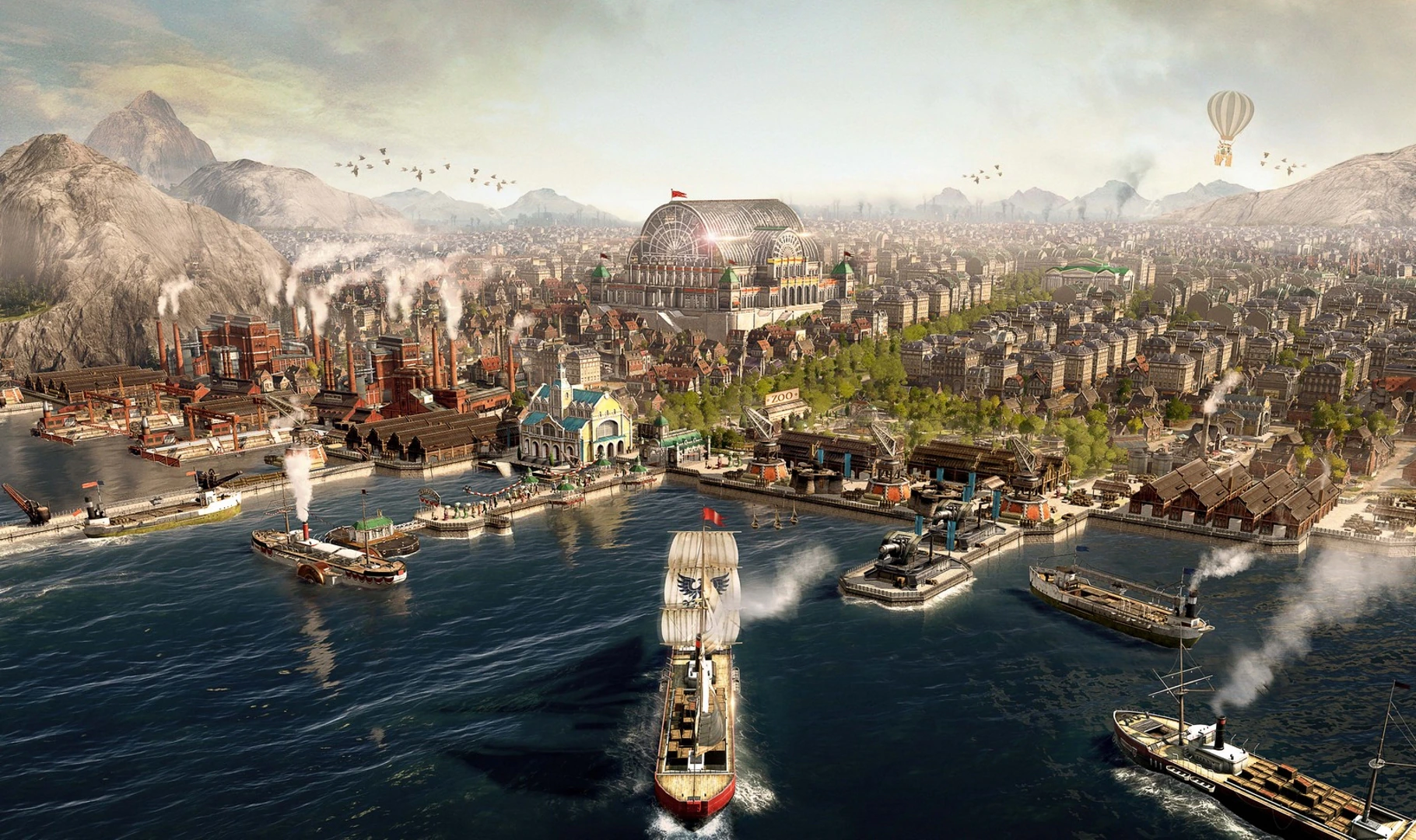
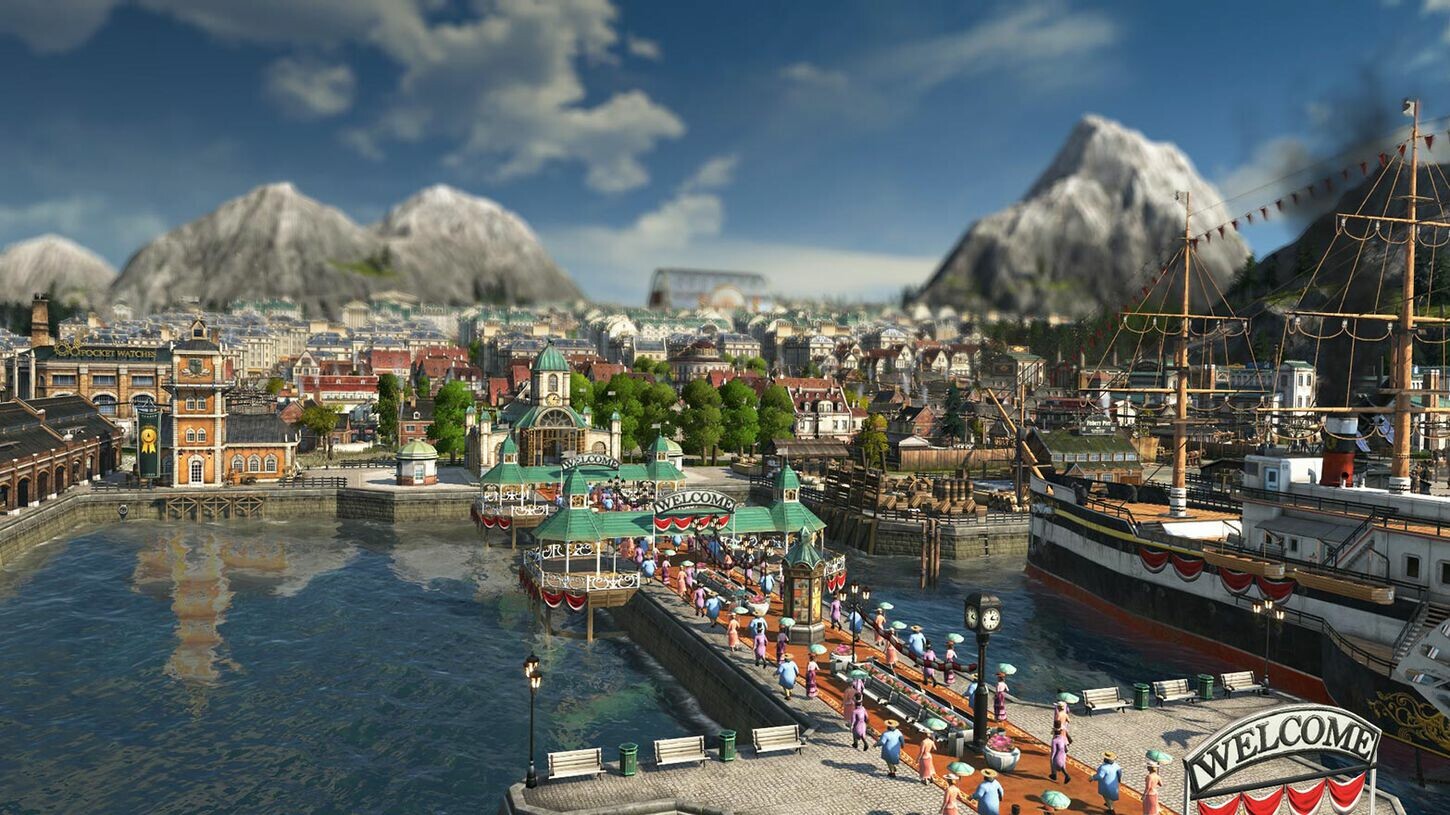
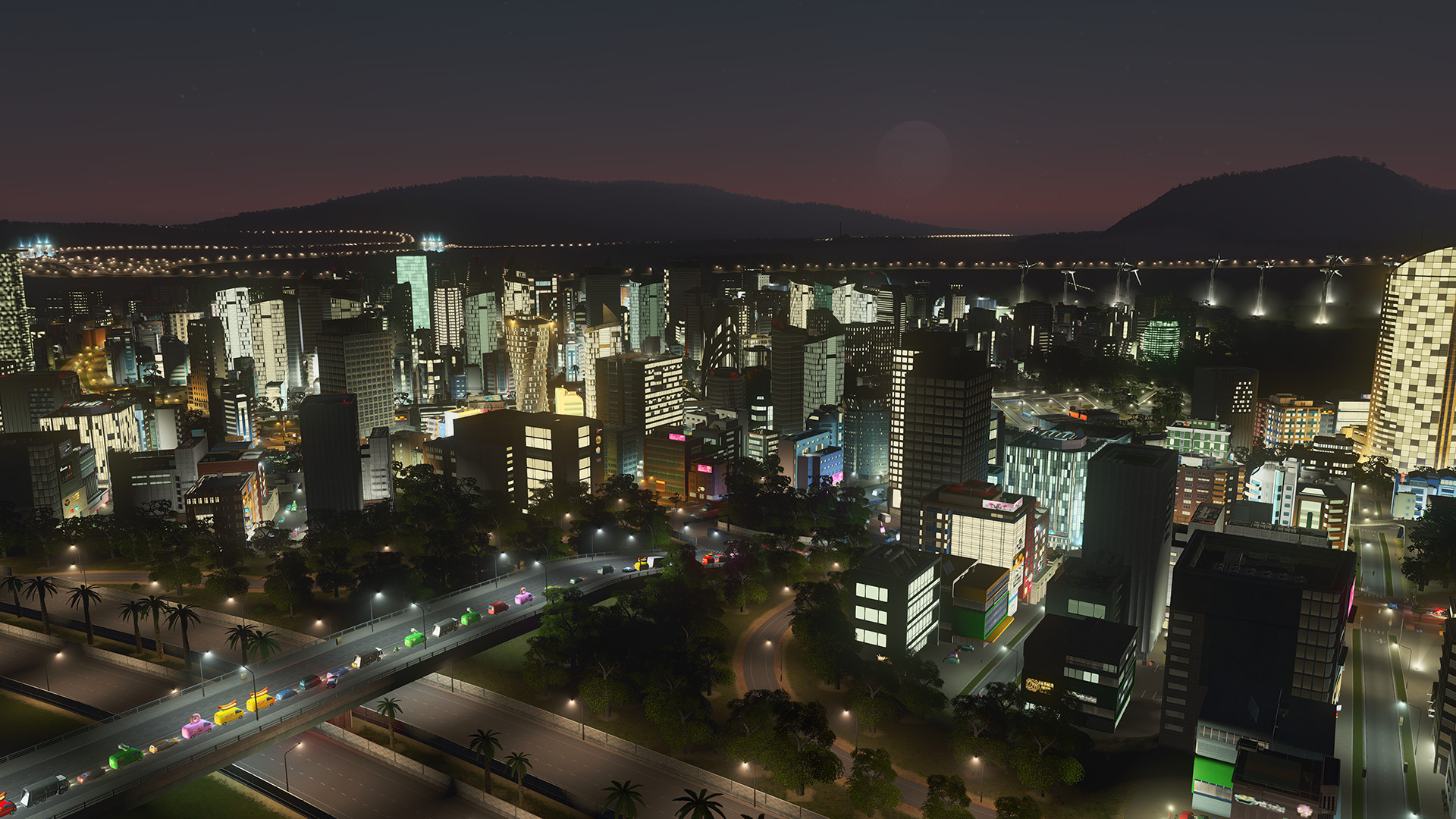
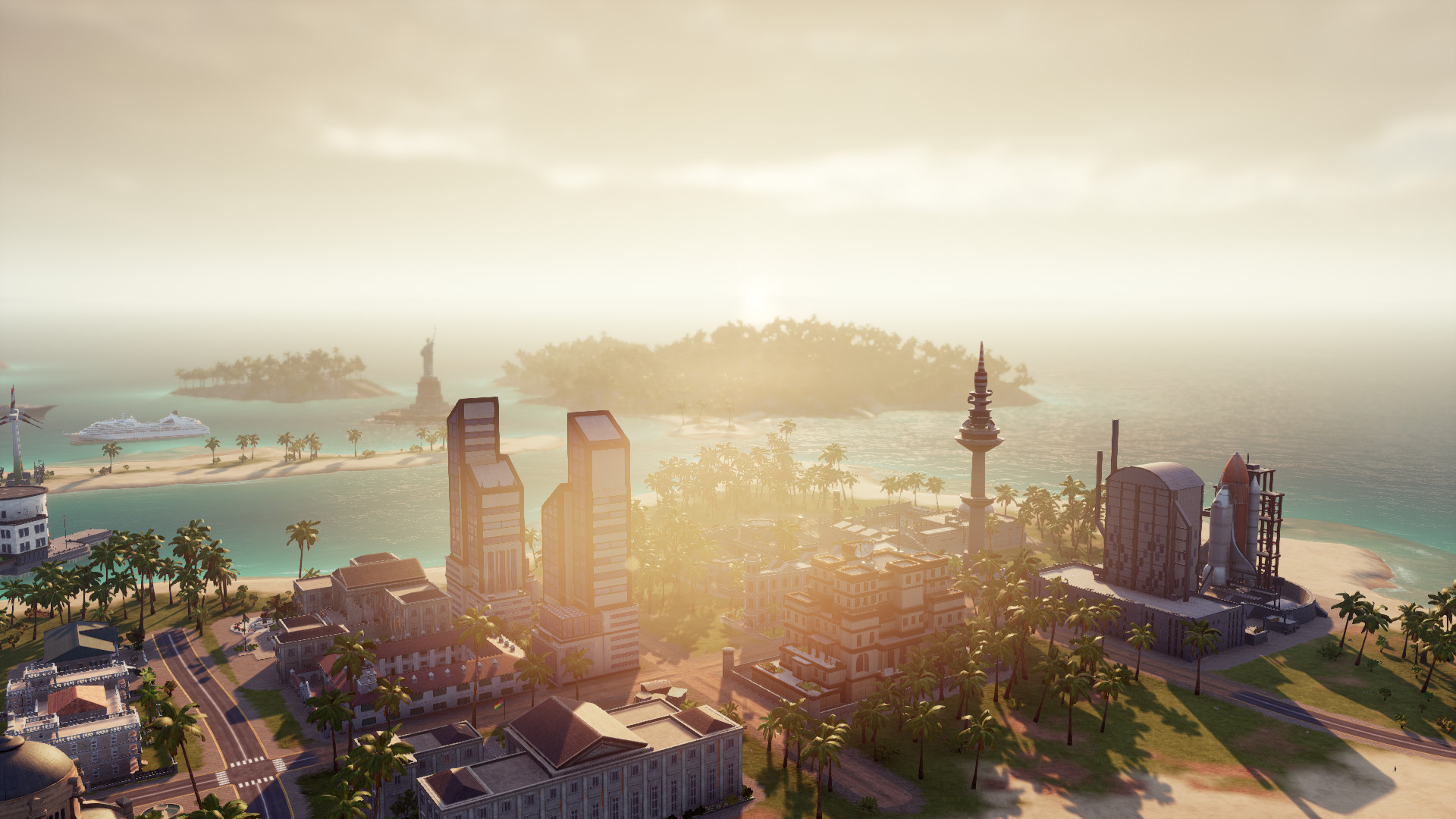
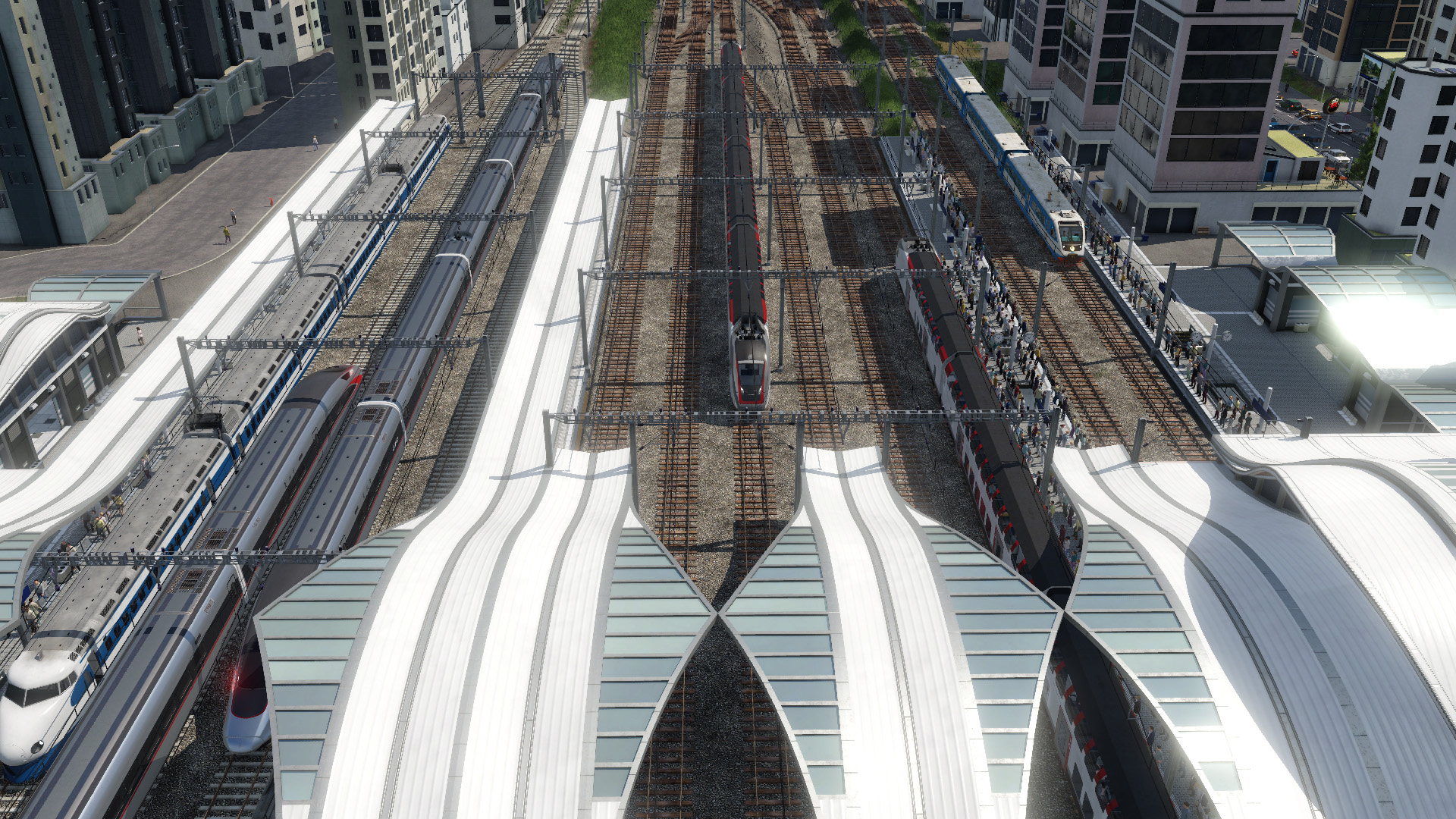
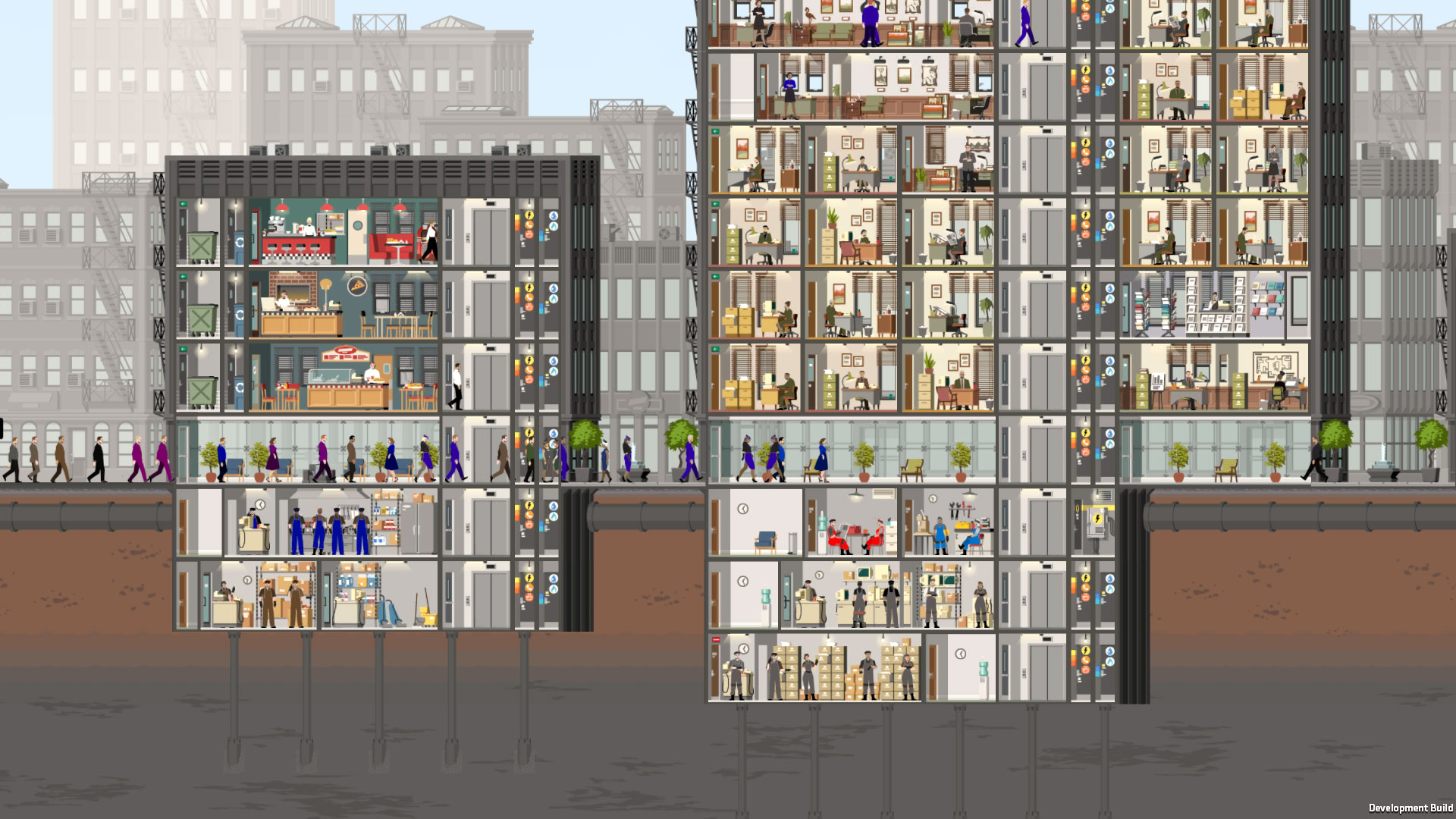



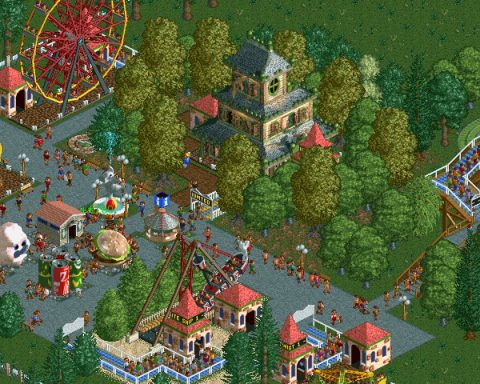







Cities skylines has the option to easily make 15 minute cities. You can make zones and districts and plan people around them. You can ban cars in certain districts and if you provide ample public transport infrastructure the citizens are less likely to use cars. Cities skylines does a good job of showing what happens when you build towards cars. It shows that’s it’s not always super easy to fix traffic issues.